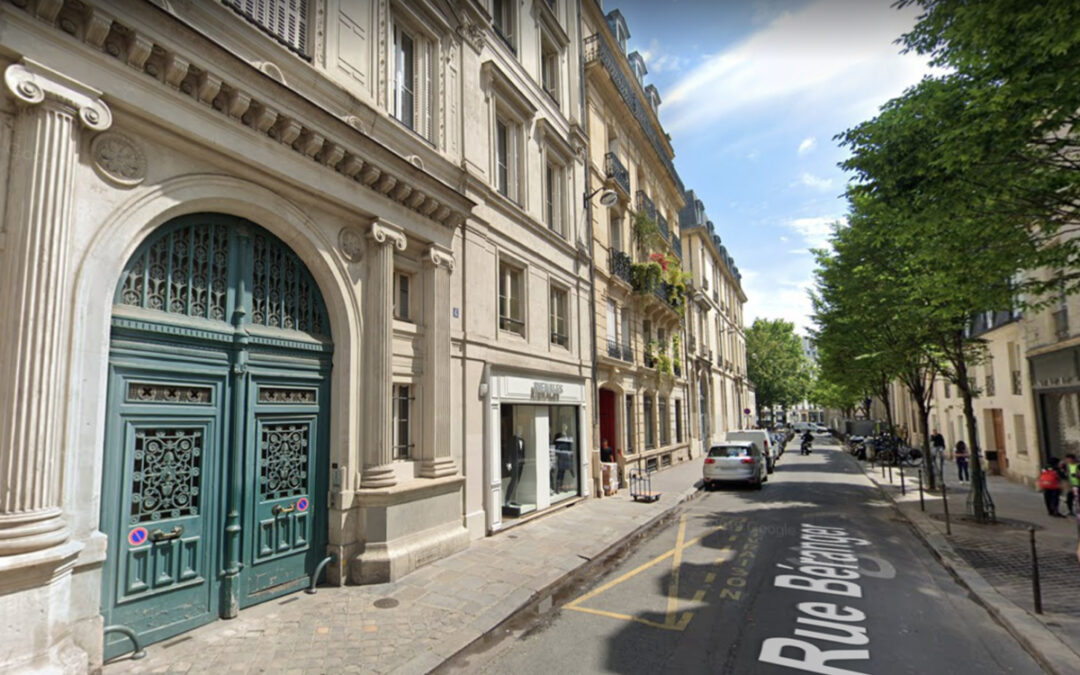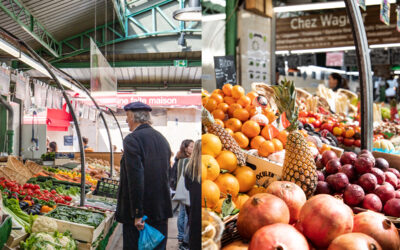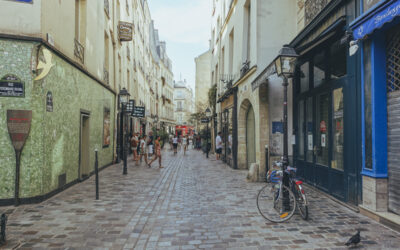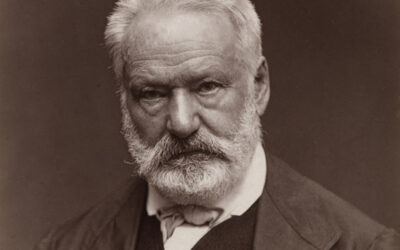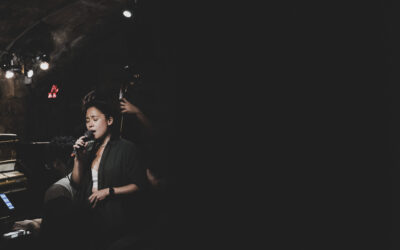In the time of Covid-19, the empty streets of the Marais resemble a science fiction setting. But for those who don't live there and, also, for indigenous people who have taken refuge in the countryside, the neighborhood still remains accessible thanks to the Marais Mood and... Google Street View!
Nostalgic for Paris, Djiefssi, an artistic director confined to the west of France, chose to stroll through the streets of the Marais. Let us follow this Rousseauist observer in his “ daydreams of a confined walker ". First stage : Béranger Street.
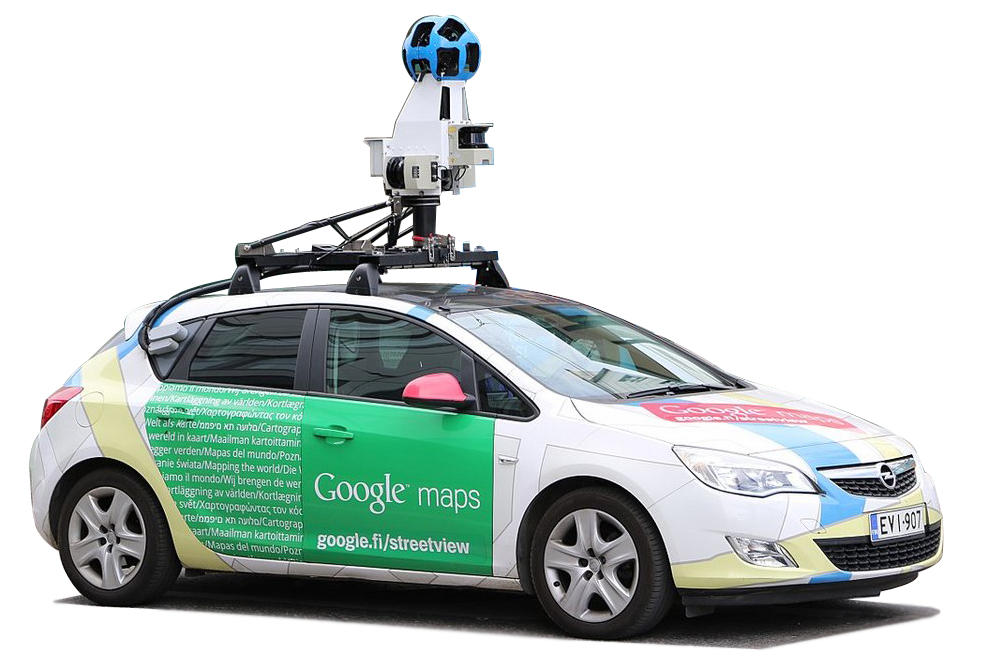
We enter rue Béranger, arriving via Place de la République. Despite the gloomy weather, a young man is getting ready to surf, like us.
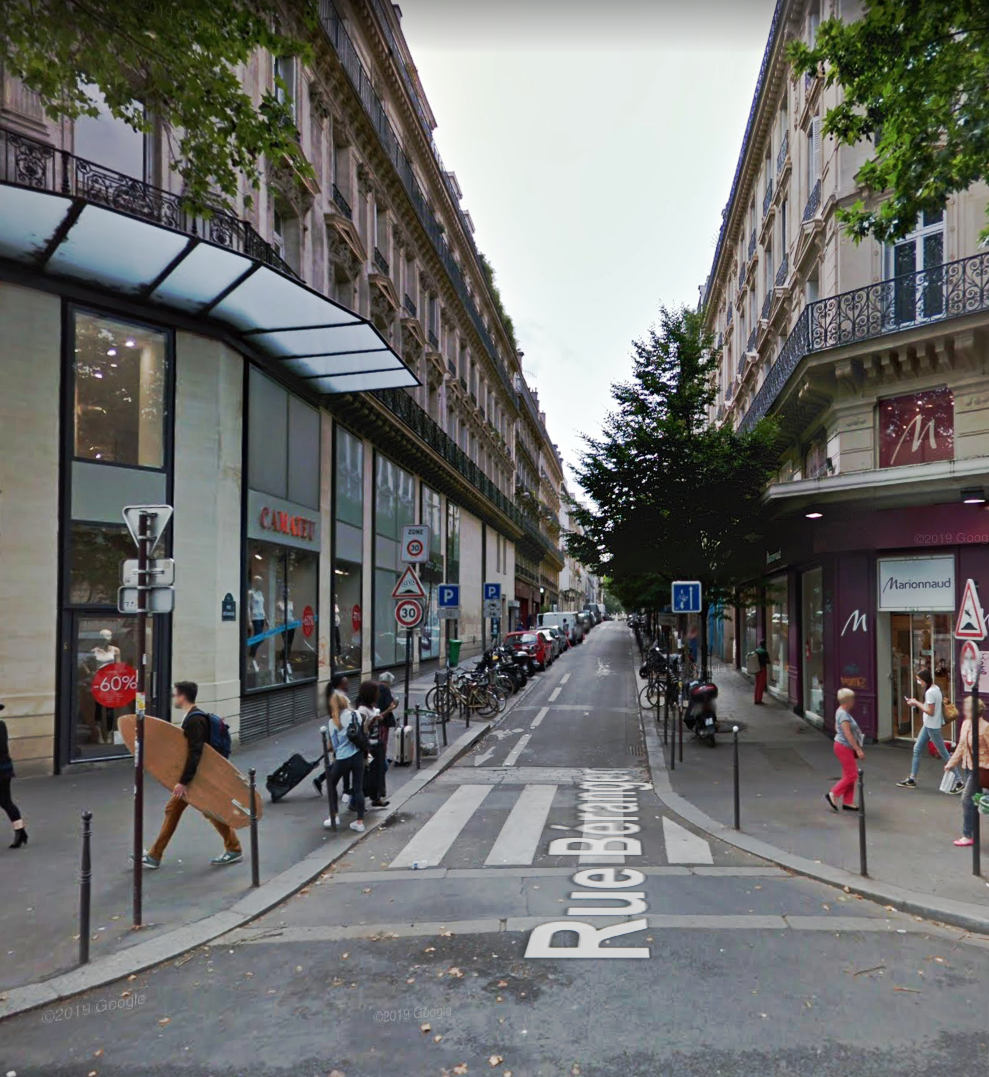
Suddenly, miracle! A ray of sunlight illuminates the street. The explanation for this meteorological change is simple, the view below was taken a few days later.
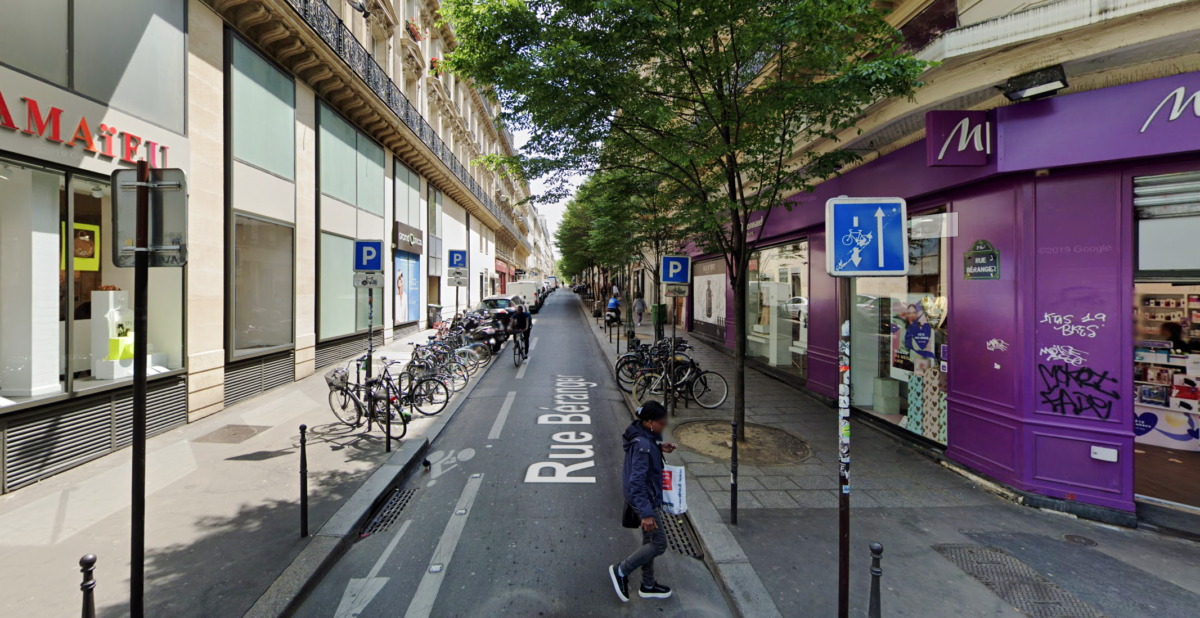
On our left, at 22, a discreet restaurant with a strange name. According to Wikipedia, this address housed, in 1878, a toy store, in which a large quantity of mercury fulminate intended for children's primer guns was stored. The stock exploded. The disaster left fifteen people dead and eighteen injured. Two houses were destroyed.
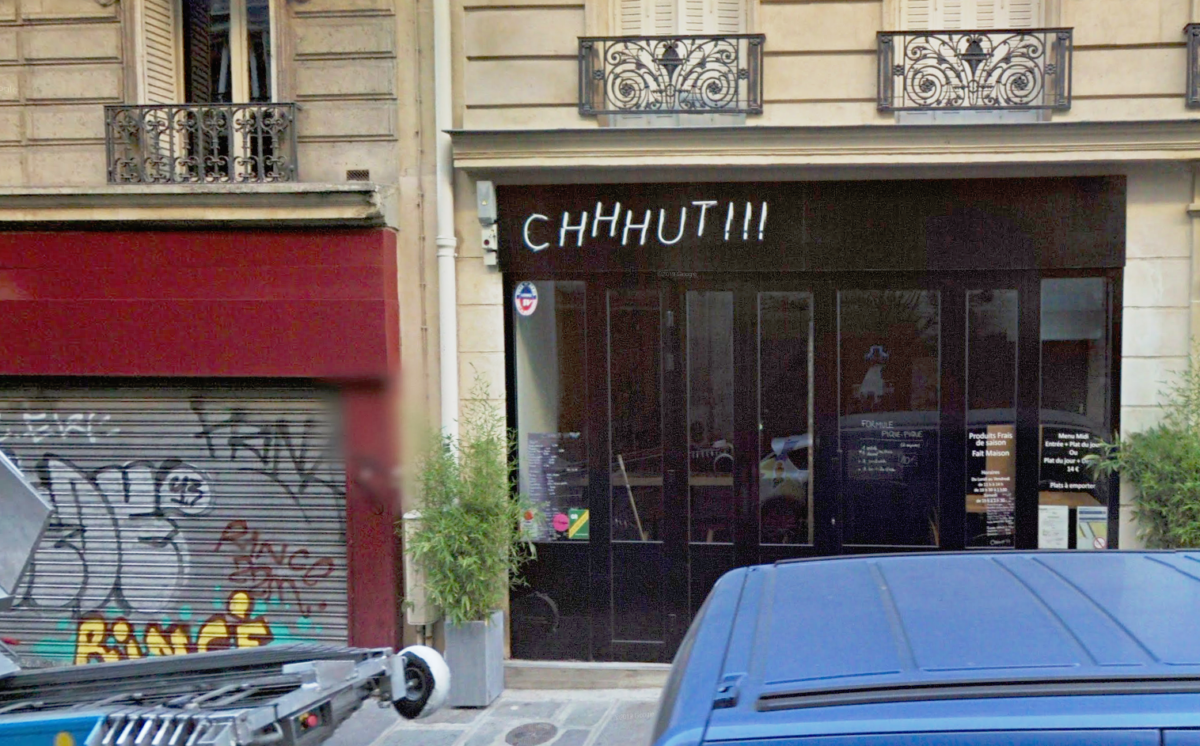
Intrigued, we retrace our steps: the name of the restaurant has changed:
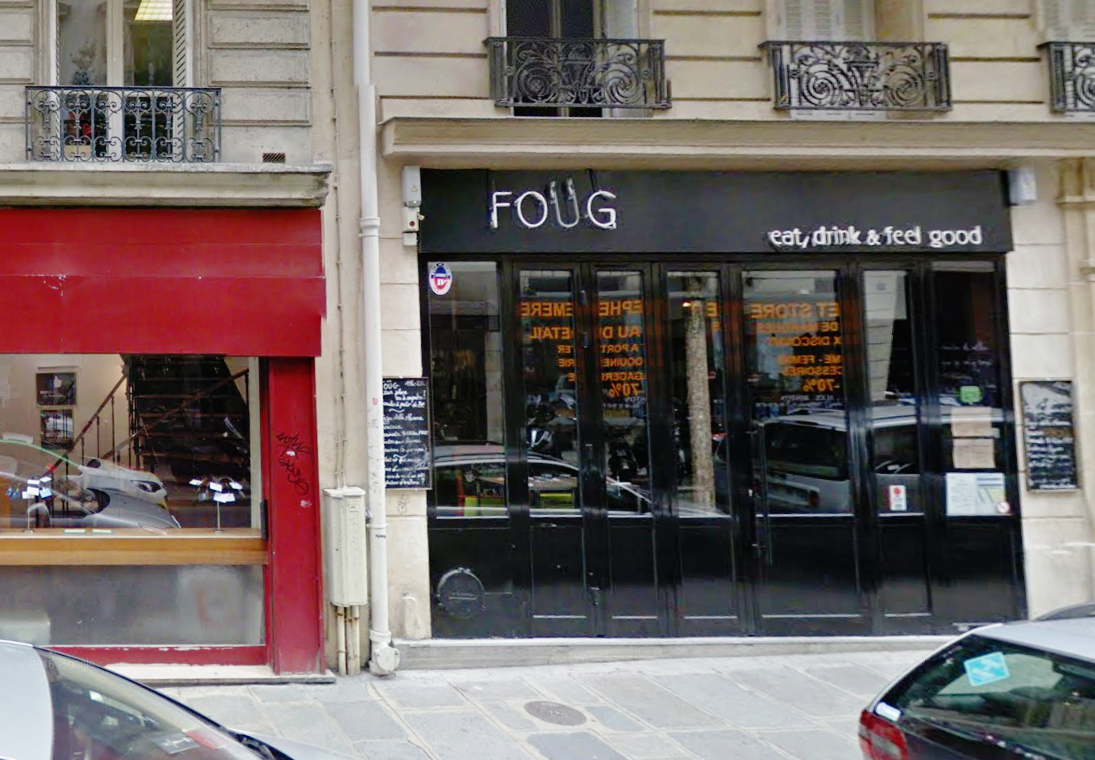
Let's start the experiment again: yet another name!
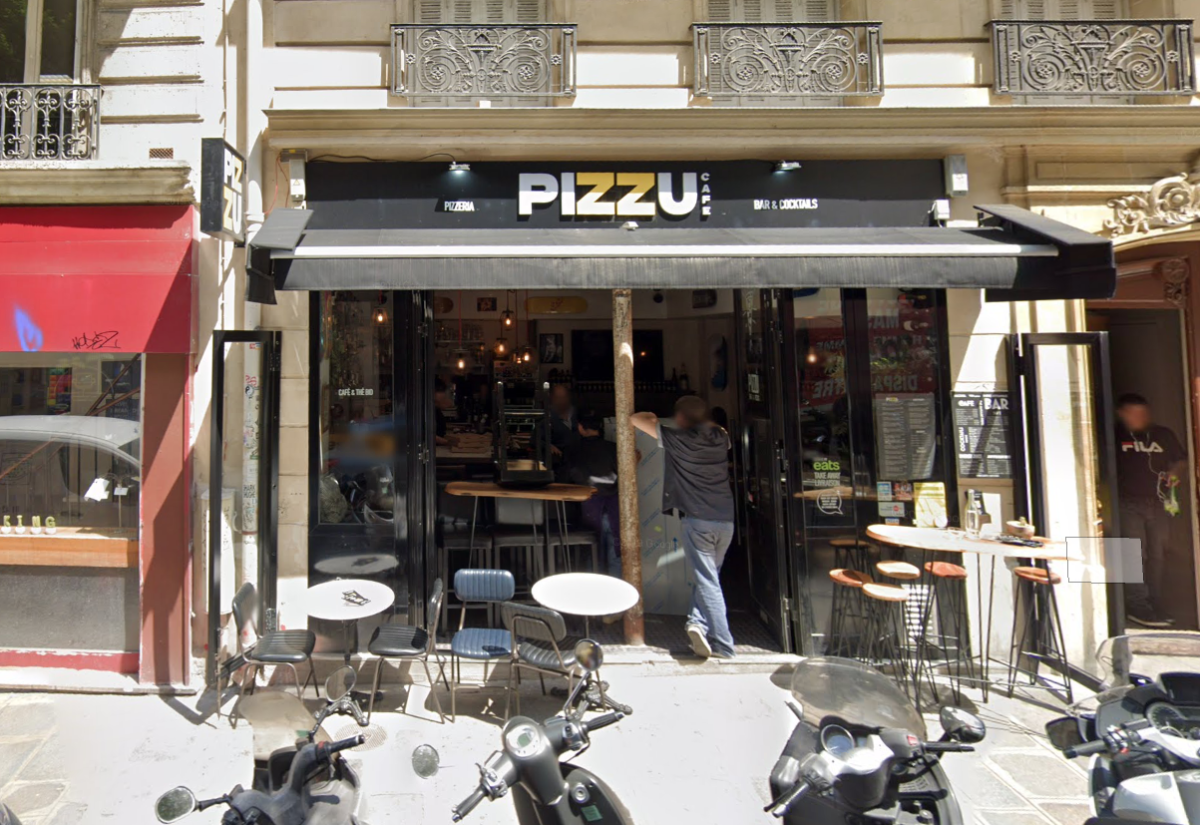
Google Street View seems accustomed to this kind of tear in the space-time continuum, Shhhh!!! dates from 2013, Foug from 2016, Pizzu from 2019. To avoid ending up like Orpheus, changed into a statue of salt for having looked backward, we decide to continue our journey with our gaze now always focused forward. The turnover of businesses is high in the Marais, it can make you dizzy. Long live Pizzu, rather well rated on Trip Advisor.
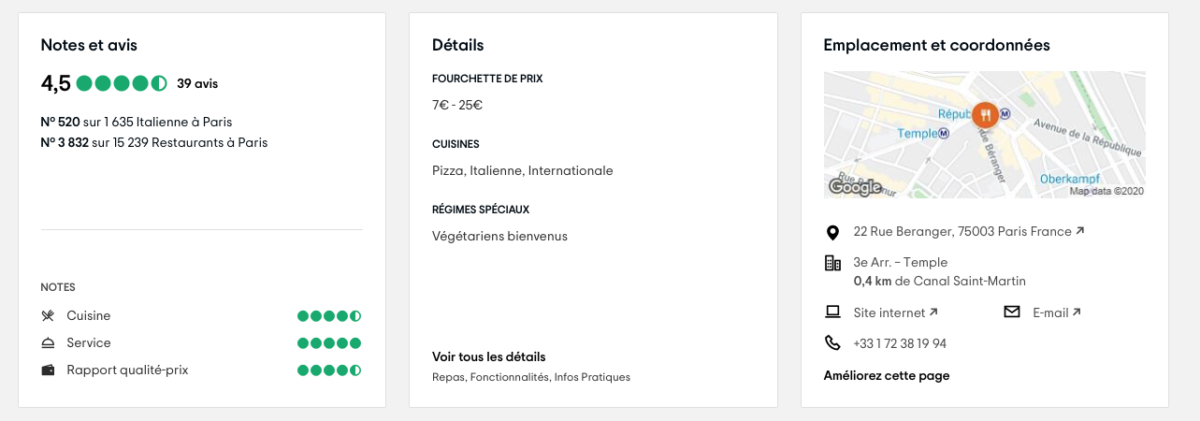
A little further on, the entrance to Passage Vendôme which we cannot visit because it is pedestrian. The homeless person that we can see in the shadows immediately makes us think of Balzac's work where the theme of poverty in Paris is omnipresent. Rue Béranger also appears in “Lost Illusions”. Coralie and Lucien de Rubempré, central characters in the novel, lived on this street, then called rue Vendôme, before being forced by poverty to look for a cheaper apartment. At the time, the Marais was poor, of course, but other neighborhoods were even lower on the social scale.
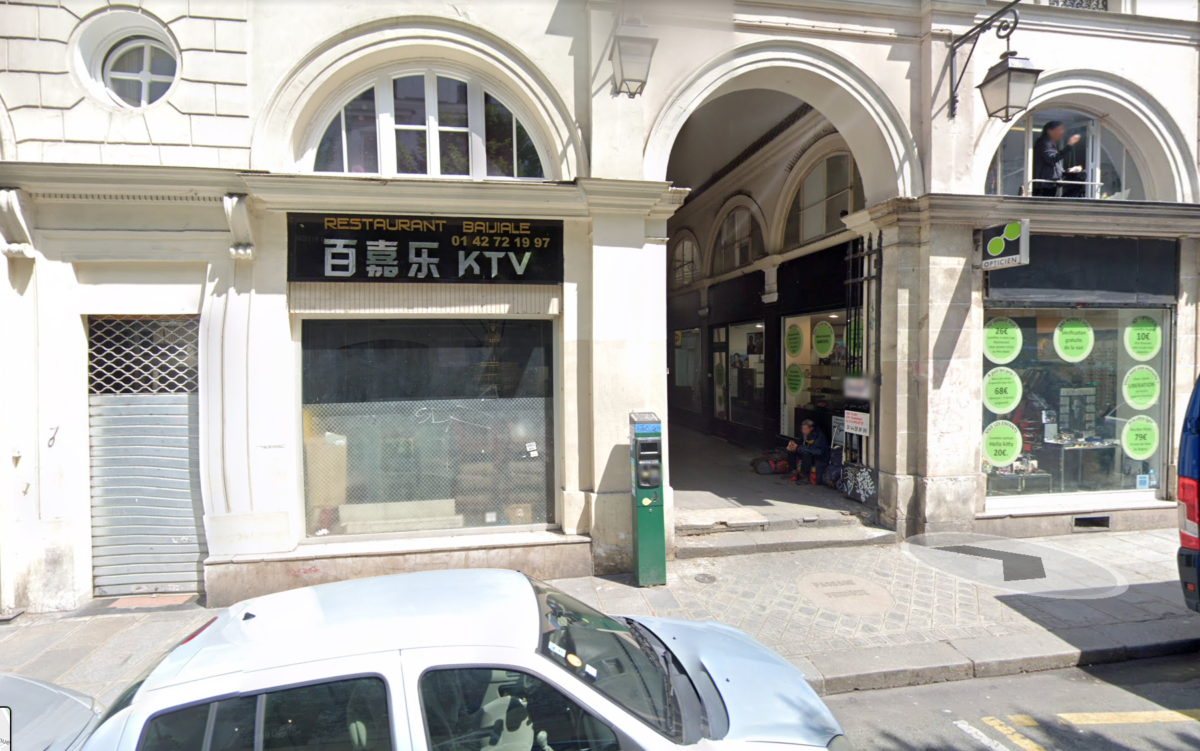
Let us pass this passage, with regret, because it will remain secret for Google Street View. On the first floor, a young woman watches this ghost pass through a beautiful half-moon window.
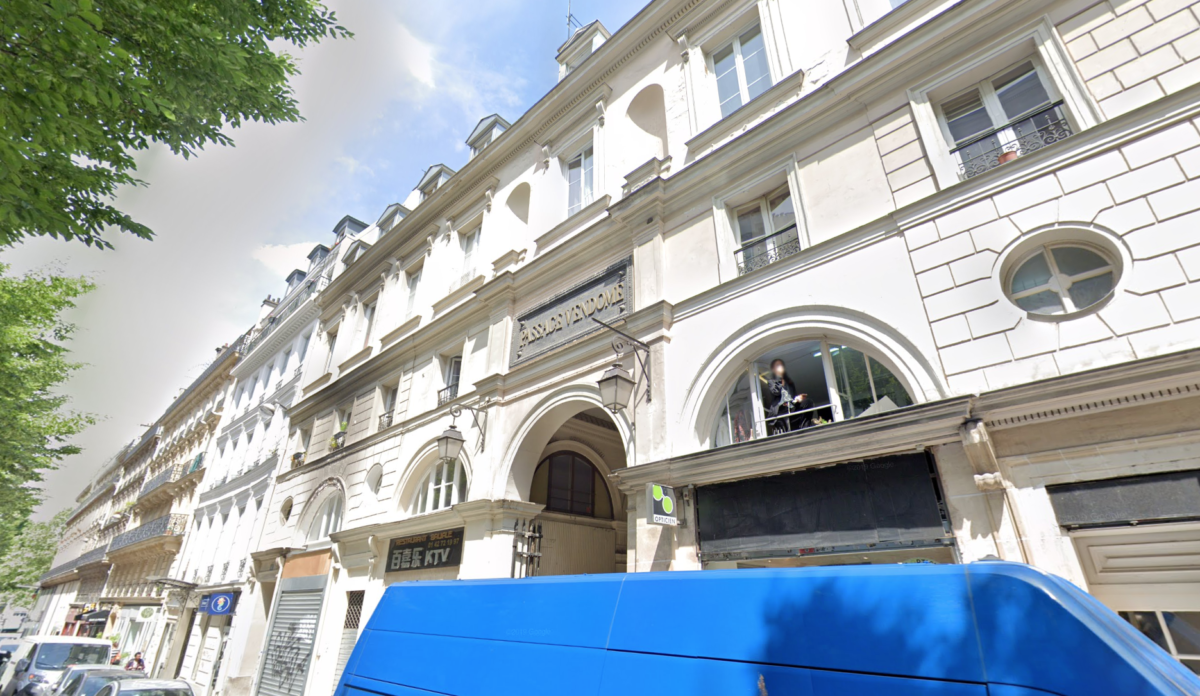
Google's Gaussian blur combined with the light from what must be his smartphone illuminates his face with a strange halo. Foreshadowing a surgical mask?
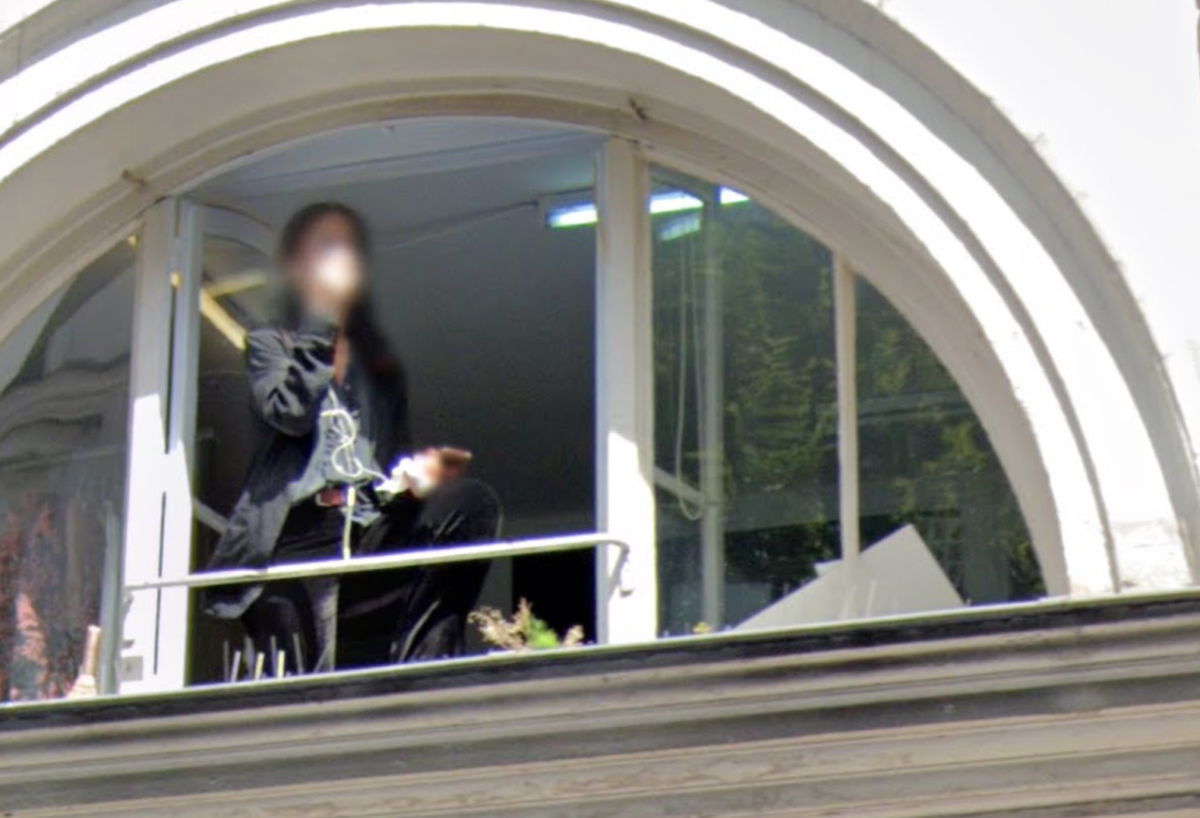
At 16, who can imagine that until the Revolution there was the convent of the Filles-du-Sauveur founded in 1701 to help repentant bad girls.
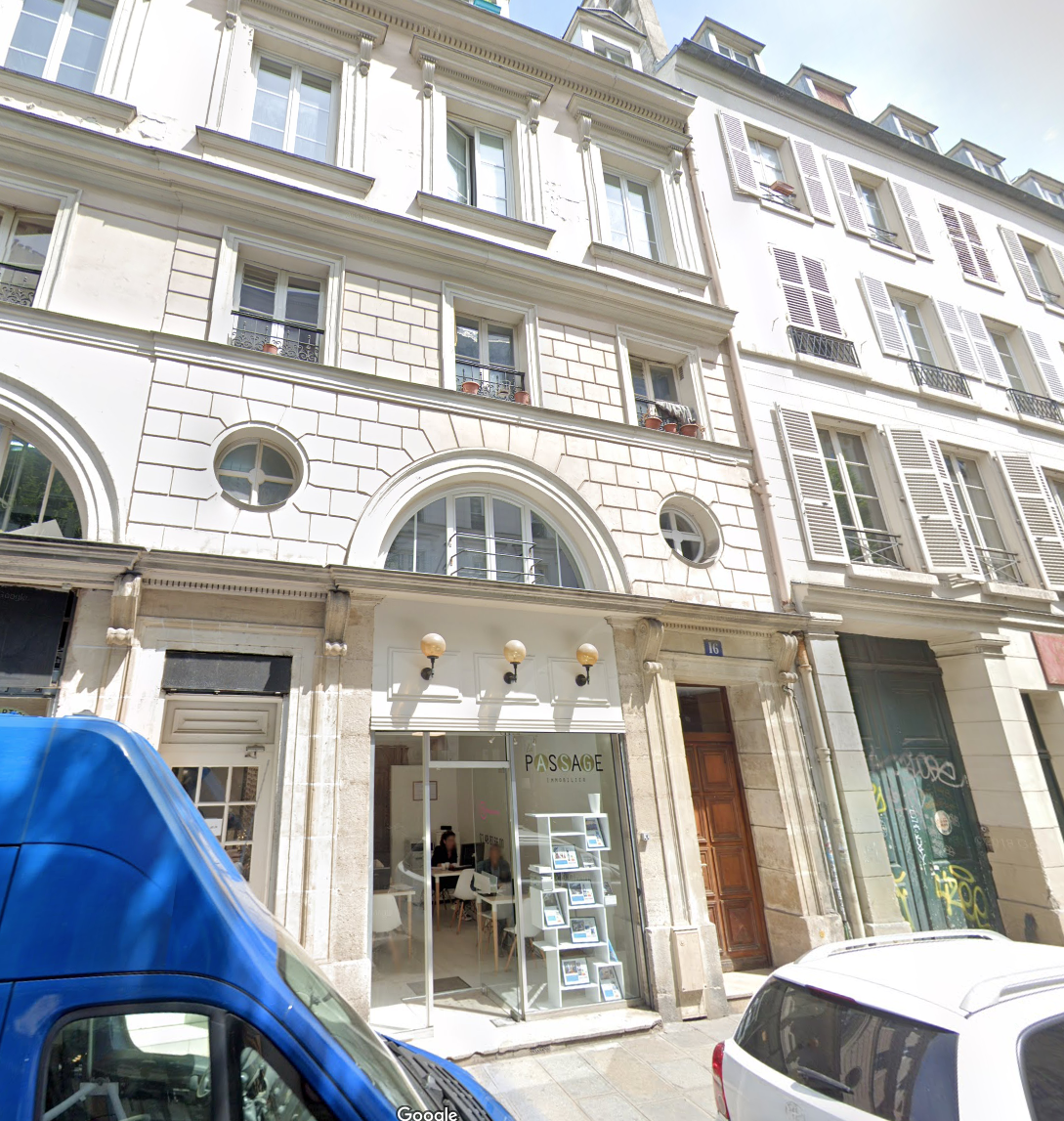
At 14 there was a tennis court (the ancestor of tennis), that of the Comte d'Artois, built in 1780 on a plot of the neighboring convent of Filles-du-Sauveur by the architect François-Joseph Bélanger. Demolished in the middle of the 1851th century, it gave way, in XNUMX, to Déjazet theater whose entrance is at 41, boulevard du Temple. On the faded calico we can read “Administration”. But is it also the entry for artists?
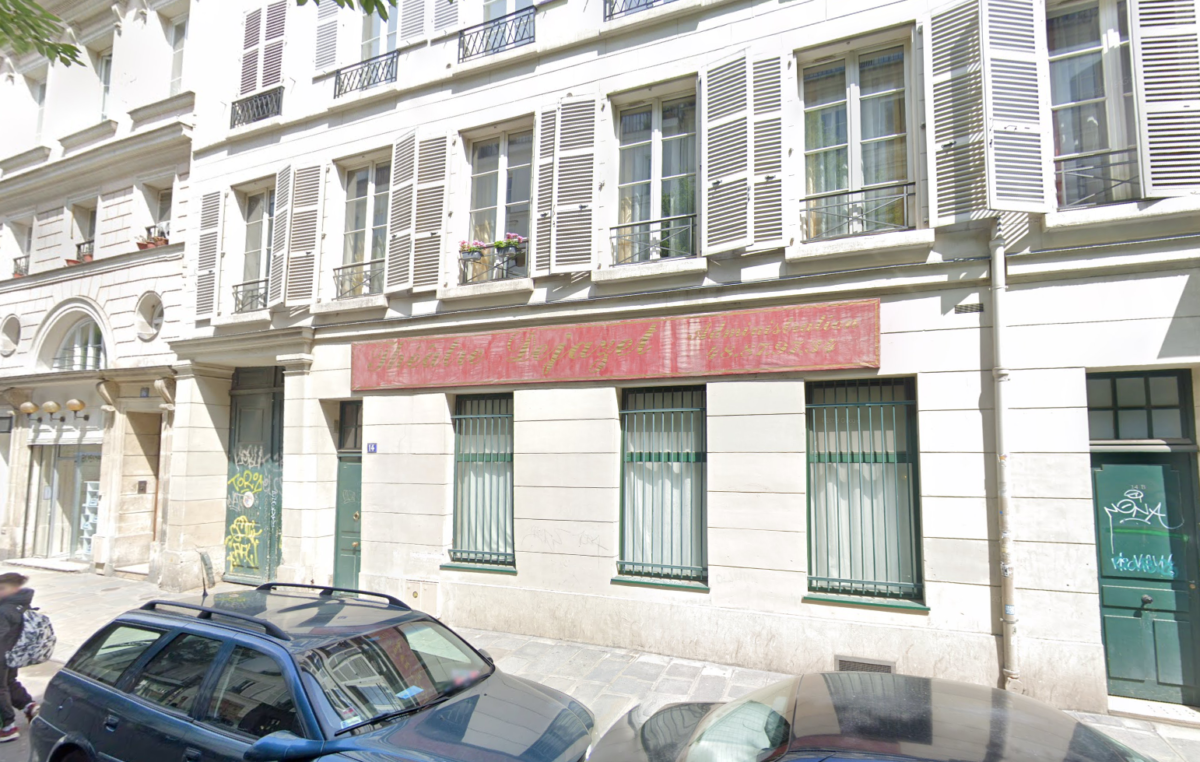
At number 11 was the Hôtel Bertier de Sauvigny, which became the town hall of the former 1987th arrondissement, created under the Directory. The building was destroyed and an ugly nine-level parking garage was built. The last five levels were then converted into offices and were occupied by the newspaper Libération, from 2015 to XNUMX.
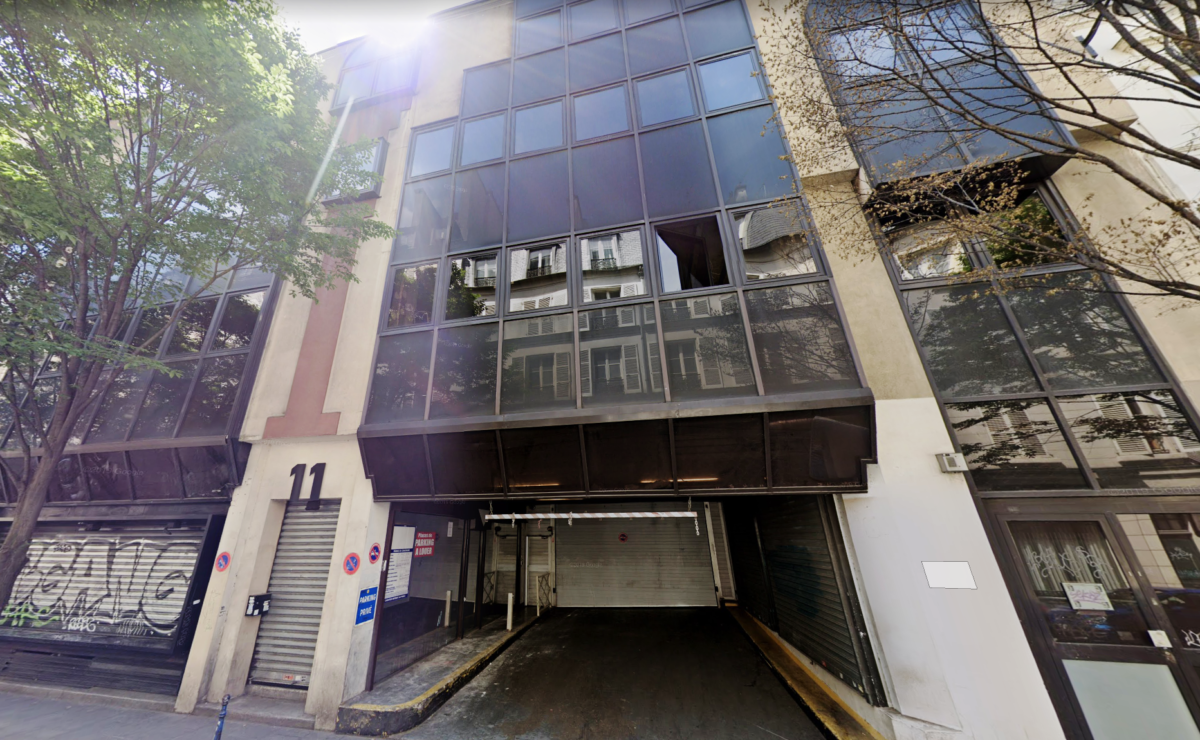
At 5 is the former home of Pierre-Jean de Béranger (1780-1857), a prolific singer, very popular in his time who gave his name to the street.
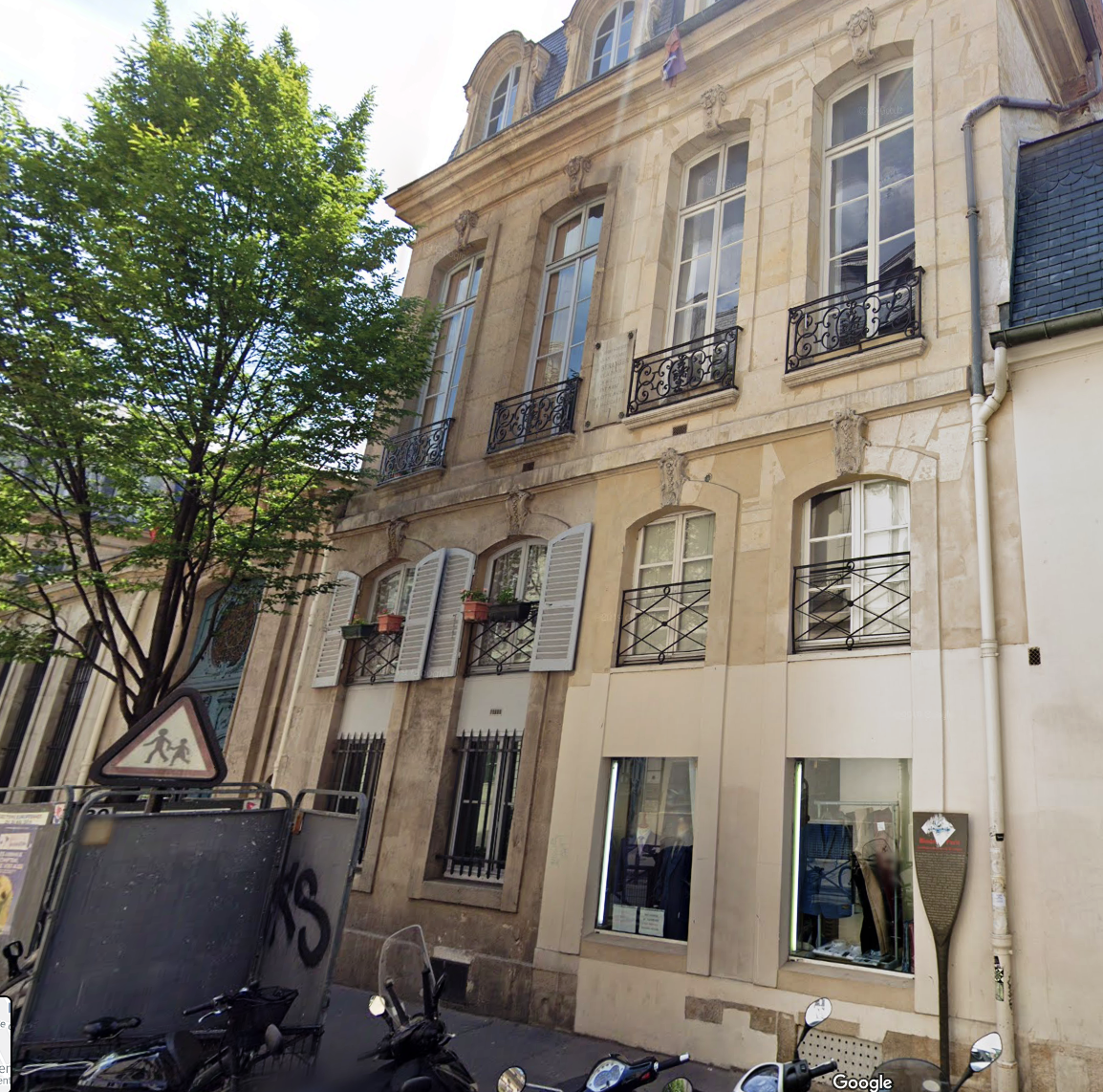
Let’s let the “Starck train” installed by the city of Paris give us the details.
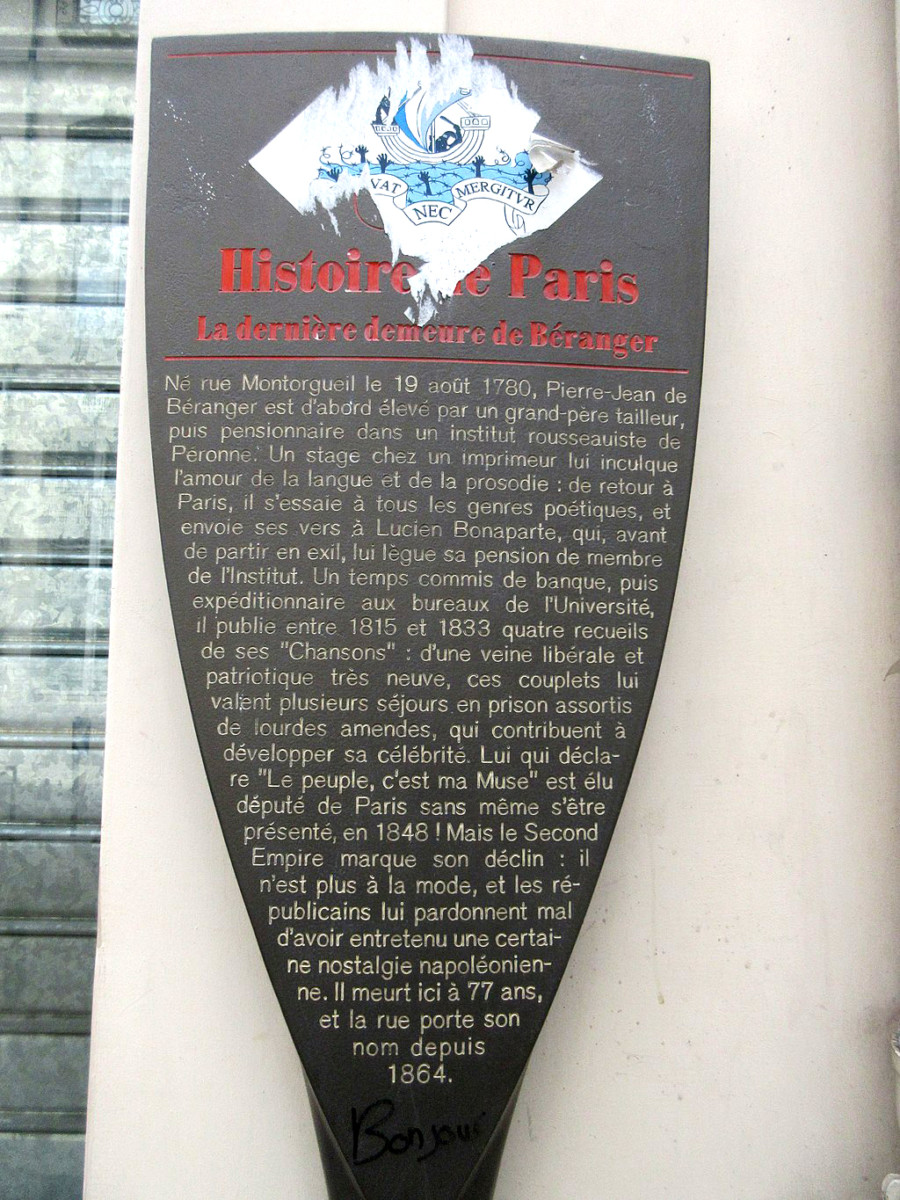
At number 3, the primary school houses voting stations for Europeans that day. A passerby seems torn, not to say torn, between the Loiseau list and the Lagarde list.
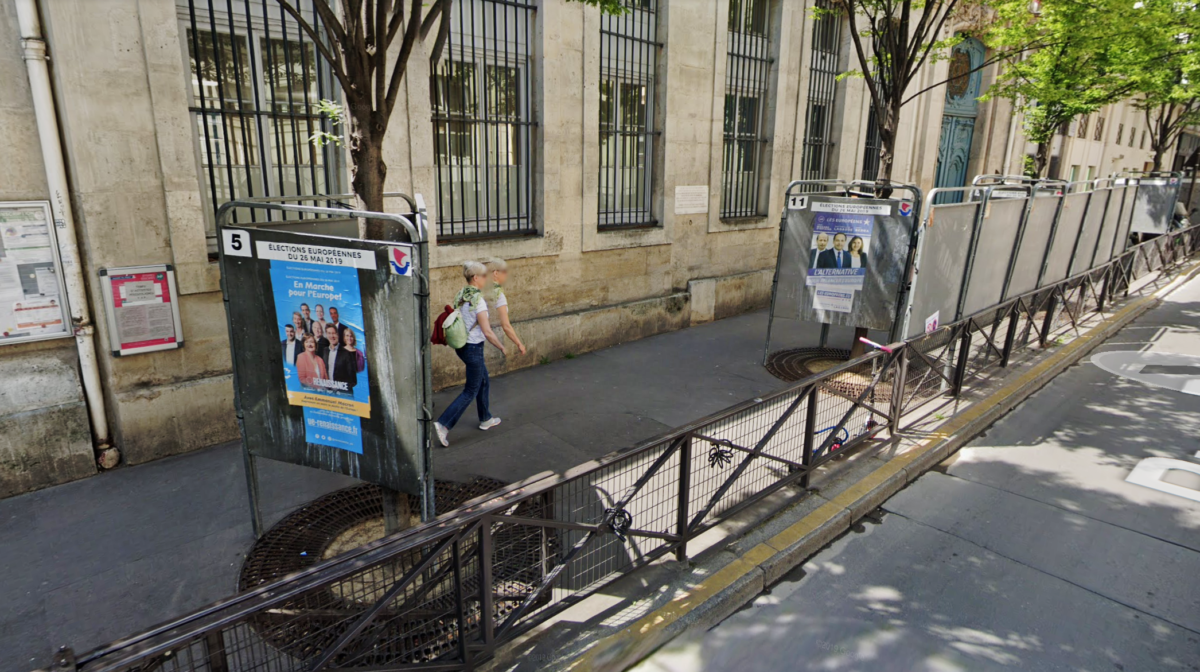
We arrive at number 2 rue Béranger, where the Fargès hotel, also known as the Mascrani hotel, is located, built between 1720 and 1727 by Gillet de la Chaussée. During the French Revolution, the hotel was the headquarters of the Food Administration.
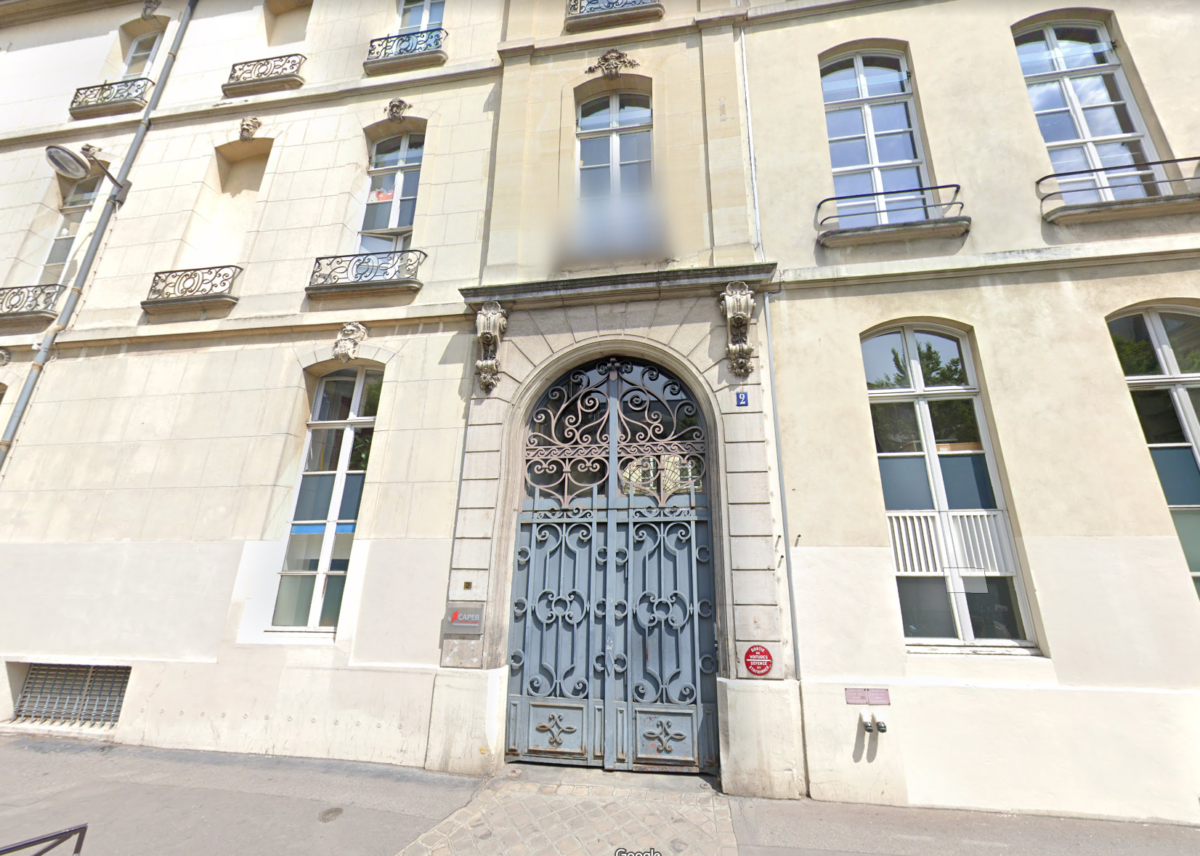
Next episode: rue Charlot.
Text: Djiefsi
03.05.20
FOR PASSIONATES OFUS
The Enfants Rouges market, everyone loves it
Restaurants, merchants, a photo store, a bookstore... This is how the Red Children's Market presents itself, unique in its kind in the Marais and its capital because it is the only one to offer such a varied and varied range of restaurants. qualitative.
The Marais Jewish quarter in Paris
From the 13th century, the Marais was home to a Jewish community which remained there until its expulsion in the 14th century. Fleeing poverty and persecution, Jews from Eastern countries and those from Alsace settled there in the 19th century. Around rue des rosiers and Place Saint-Paul renamed Pletz…
Victor Hugo, the writer with a thousand talents
Born in 1802, Victor Hugo became a social writer, a playwright, a poet, a novelist and a romantic designer. Nicknamed the man-ocean then the man-century, he is a political figure and a committed intellectual. He found success with Notre-Dame-de-Paris in 1831 and with Les Misérables in 1862.
NOW ON THE MOOD MARSH
Jazz at 38Riv: The highlights of May
The only jazz club in the Marais, 38Riv is the temple of cool and swing. Rue de Rivoli, between Saint-Paul and Hôtel de Ville, its vaulted cellars are the home base of the new jazz scene. Every evening, the magic happens.
The Enfants Rouges market, everyone loves it
Restaurants, merchants, a photo store, a bookstore... This is how the Red Children's Market presents itself, unique in its kind in the Marais and its capital because it is the only one to offer such a varied and varied range of restaurants. qualitative.
The Marais Jewish quarter in Paris
From the 13th century, the Marais was home to a Jewish community which remained there until its expulsion in the 14th century. Fleeing poverty and persecution, Jews from Eastern countries and those from Alsace settled there in the 19th century. Around rue des rosiers and Place Saint-Paul renamed Pletz…

